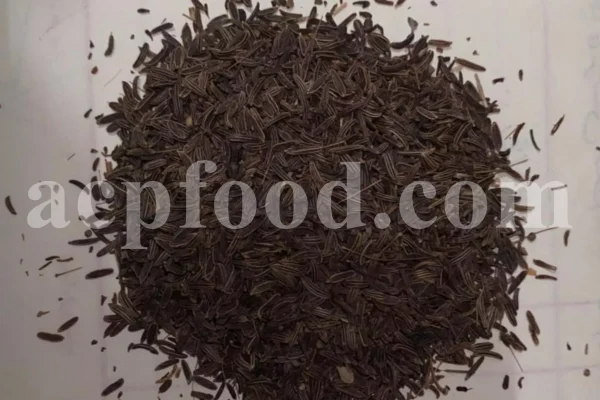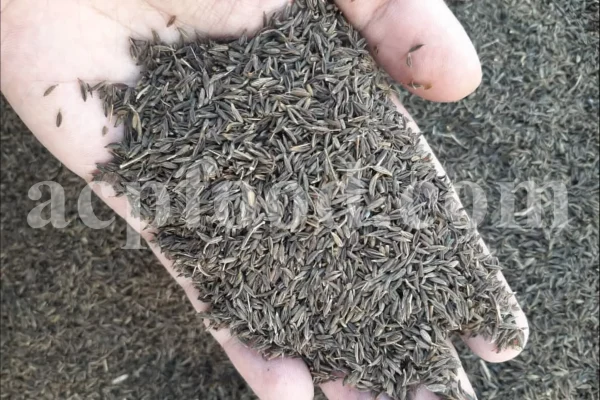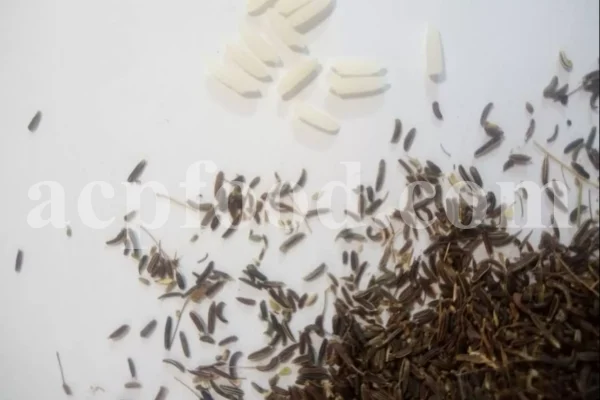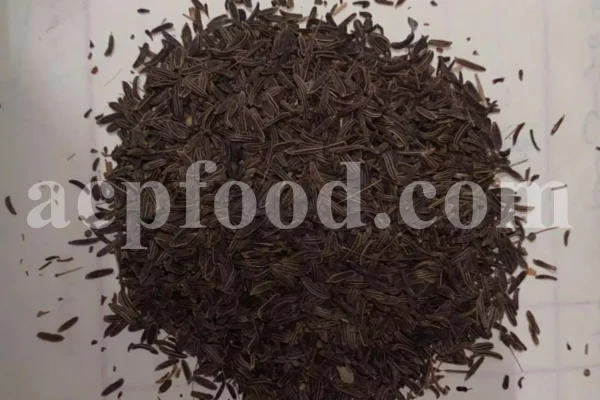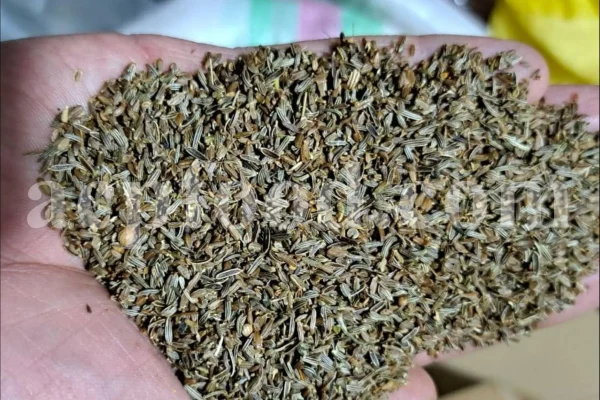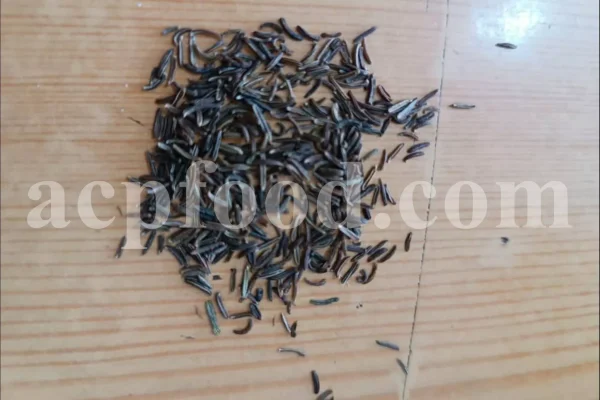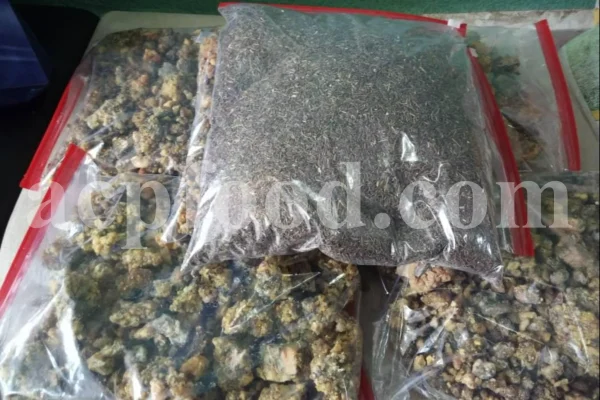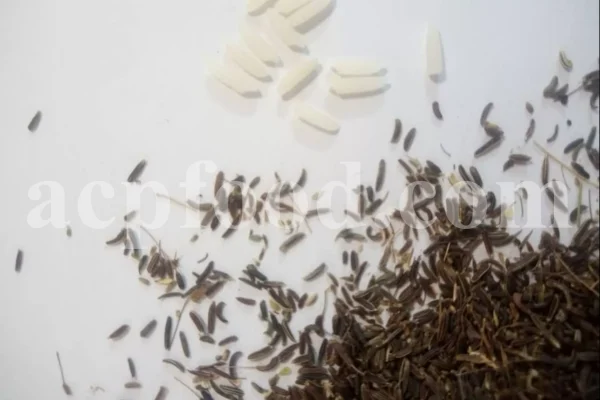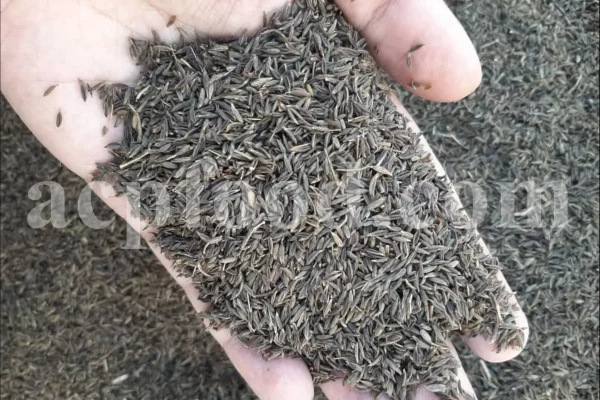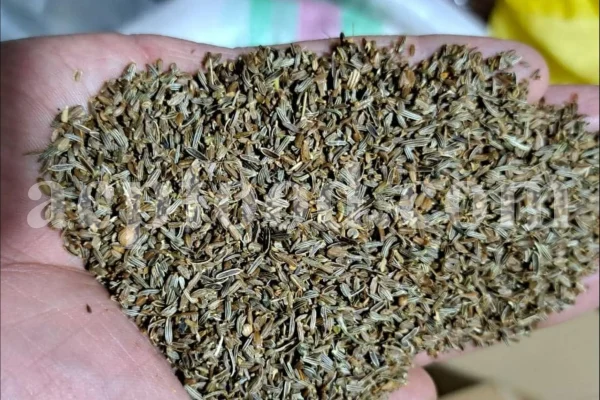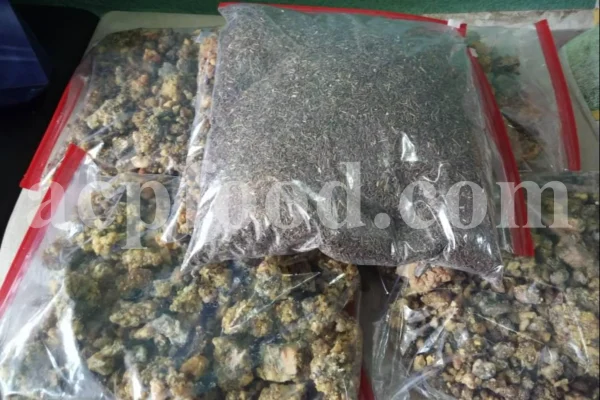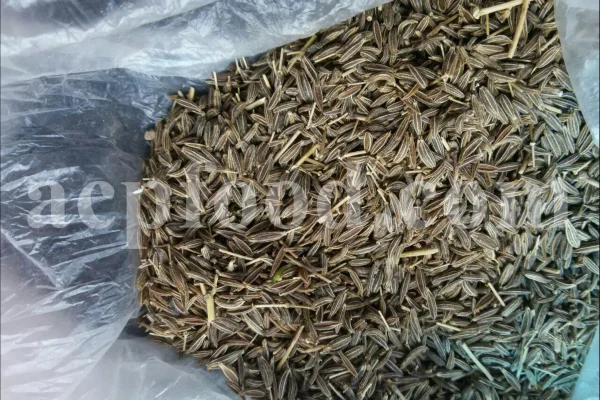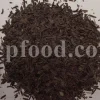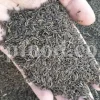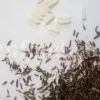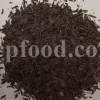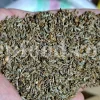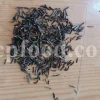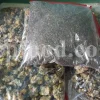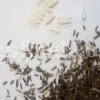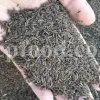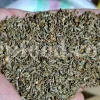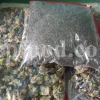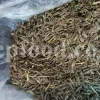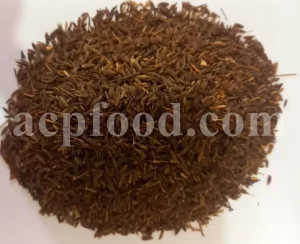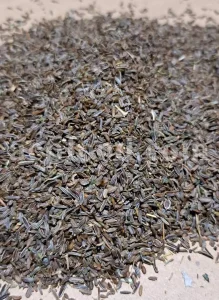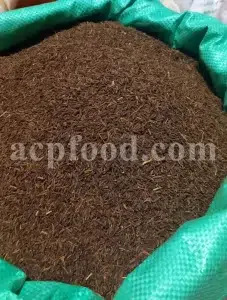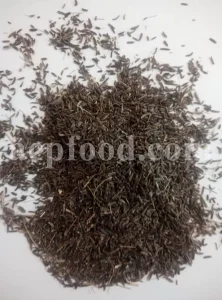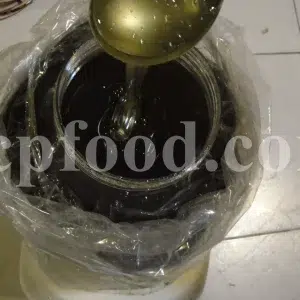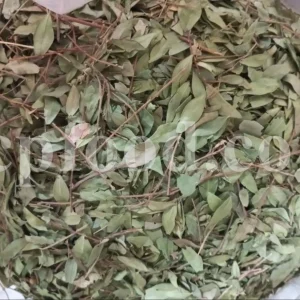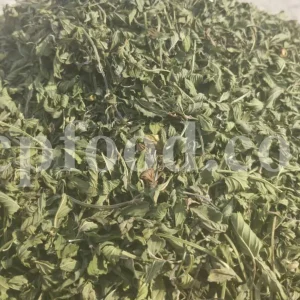Cultivation mode: Wild collection\Cultivated
In manufacturing: Pharmaceutical, spice, dairy, perfumery, shampoo, oil, confectionary, bread, essential oil, extracts.
In food: Meat, rice, salad, soup, herbal tea.
🌿 Industries That Use Lovage Seeds (Levisticum officinale)
Lovage seeds are brown, oval-shaped, and similar in appearance to celery seeds, but with a more intense, spicy-aniseed and savory aroma. They contain volatile oils (notably ligustilide), coumarins, and bitters, making them a prized ingredient in herbal medicine, seasoning blends, and functional beverages.
1. Food & Culinary Industry
Lovage seeds are used as a strong-flavored spice, especially in European and Middle Eastern cuisines.
Applications:
-
Added to soups, stews, legumes, and potato dishes
-
Used in pickles, fermented vegetables, and spice rubs
-
Incorporated into bread seasoning, especially rye bread
-
Sometimes used in savory liqueurs or bitters
✅ Available as whole seed or ground powder
✅ Flavor profile: Celery-like, earthy, musky, and peppery
2. Nutraceutical & Herbal Medicine Industry
Lovage seeds are used for their diuretic, digestive, carminative, and anti-inflammatory properties in traditional European and Iranian medicine.
Applications:
-
Used in digestive herbal blends to reduce bloating, flatulence, and cramps
-
Acts as a natural diuretic in kidney and urinary tract formulas
-
Traditionally used to stimulate appetite and detoxify the body
-
Included in cleansing teas, liver support formulas, and detox tinctures
✅ Active compounds: Ligustilide, phthalides, resins, and coumarins
3. Pharmaceutical Industry
Though not a mainstream pharmaceutical ingredient, lovage seeds are still used in botanical preparations with a focus on urinary and digestive health.
Applications:
-
Used in natural urinary tract infection (UTI) blends
-
Included in mild laxative and carminative formulations
-
Applied in traditional apothecary compounds for diuretic therapy
✅ Valued for its mild detoxifying and carminative effects
4. Beverage & Herbal Bitters Industry
Lovage seeds are included in the production of digestive bitters, aperitifs, and herbal elixirs.
Applications:
-
Used in digestive liqueurs and bitters to enhance appetite and digestion
-
Blended with other botanicals in functional tonics
-
Employed in alcohol-free herbal digestive syrups
✅ Contributes a savory, earthy bitterness to formulations
5. Cosmetic & Skincare Industry (less common)
Lovage seed extract or oil is occasionally explored in anti-inflammatory topical products due to its essential oils and antioxidant content.
Applications:
-
Included in herbal balms or cleansing masks
-
Studied for its antibacterial and circulation-stimulating effects
✅ Not widely commercialized, but used in niche herbal formulations
6. Ethnic, Folk, & Export Markets
Lovage seeds are part of traditional Persian, European, and Balkan herbal practices.
Applications:
-
Used in folk medicine teas
-
Sold in bulk for apothecaries and traditional herbalists
-
Exported for ethnobotanical and natural medicine uses
✅ Offered as bulk dried seed, sometimes under alternative local names
✅ Summary of Key Applications
| Industry | Common Uses |
|---|---|
| Food & Culinary | Seasoning for soups, stews, pickles, breads, spice blends |
| Nutraceutical & Herbal | Digestive teas, diuretic support, detox blends |
| Pharmaceutical | UTI support, mild laxatives, detox formulations |
| Beverage & Bitters | Herbal aperitifs, digestive liqueurs, elixirs |
| Cosmetic & Skincare | Niche herbal creams, antibacterial balms (limited) |
| Ethnic & Export Markets | Bulk herbs for folk medicine and traditional use |
🌟 Key Features of Lovage Seeds
-
Intense, savory-celery flavor with therapeutic value
-
Rich in ligustilide, essential oils, and bitters
-
Supports digestion, urinary health, and appetite regulation
-
Used in culinary, herbal, and traditional detox formulas
-
Especially valued in European herbalism and Iranian folk medicine
PRODUCT NAME IN DIFFERENT LANGUAGES
Persian Name: زیره سیاه/ Zireh Siah
German Name (Deutschland, Austria, Switzerland): Bergliebstöckel, Gartenliebstöckel, gewöhnlicher Liebstöckel, Liebstöckel, Maggikraut, Maggipflanze, Stockkraut
French Name (France, Belgium, Switzerland, Quebec): Ache, ache de montagne, céleri perpétuel, herbe à Maggi, livèche, livèche officinale, lévistique officinale
HARVEST CALENDAR
Feb
Mar
Apr
May
Jun
Jul
Aug
Sep
Oct
Nov
Dec
To order Lovage Seeds, please contact us.
About Levisticum officinale
Levisticum officinale is a biennial plant whose height reaches sixty centimeters. The lower leaves of this plant have deep cuts and are divided into smaller parts. The leaves of the upper part also have deep cuts. But these leaves are pointed and almost needle-shaped and are narrower and more elongated than the lower leaves of the plant.
The seeds are dark brown, blackish, elongated, narrow, small, and slightly crescent-shaped, with pointed ends and they grow in pairs. There are prominent, longitudinal, and yellowish lines on the surface of the seeds. Lovage seeds are slightly narrower than Cumin seeds. Lovage seed is fragrant and has a spicy taste.
Lovage Chemical Constituents
The mericarps (‘seeds’) contain protein (40%), fixed oil and resin (10%) and a volatile oil (3-8%). The principal constituents of the volatile oil are carvone (55-60%) and limonene. Other monoterpenes present are a-pinene, b-pinene, and p-cymene. The fixed oil is rich in oleic (60%), linoleic (20%) and petroselinic (17%) acids. The phenolics reported from the seeds are glycosides of kaempferol, quercetin and isorhamnetin and coumarins such as 5- and 8-methoxy psoralens, umbelliferone, herniarin, and scopoletin. The whole plant also yields a volatile oil consisting of cadinene (37%), carvone (31%) and dihydrocarveol (10%). The roots contain polyenes, falcarindione, falcarinolone, phytofluene, b-sitosterol, umbelliferone and scopoletin. Leaves contain glycosides of kaempferol and quercetin.
Levisticum officinale Seeds Temperament
Very hot and dry.
3. If you sit in Lovage seeds brewed water, it is beneficial for relieving uterine pain.
4. Mix its tea with honey and rub it on the wound. Heals rabid dog bites.
5. In the case of children who want to eat dirt and plaster, powder 9 grams of it and knead it with a little honey and every morning and evening give it to children between 2 to 3 years old each time as big as a small hazelnut and a big hazelnut to 3 to 7 years old children. Reduces their desire to eat plaster and dirt.
Lovage Seeds Side Effect
Harmful to the lungs and kidneys as well as hot temperament people.
To order Levisticum officinale seeds, please contact us.

